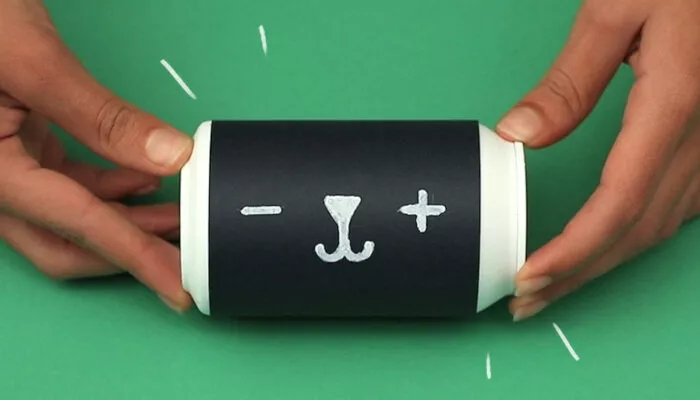Here’s a fun way to teach your kids about static electricity. Yes, rubbing a balloon on your bonce is a big part of it, but our tutorial also features a negatively-charged jellyfish (plastic bag) and a neutrally-charged sheep (aluminium can). It’s super simple to do at home and the characters will help kids remember the science. We’re (ahem) positive you’ll love it.
Gather your equipment
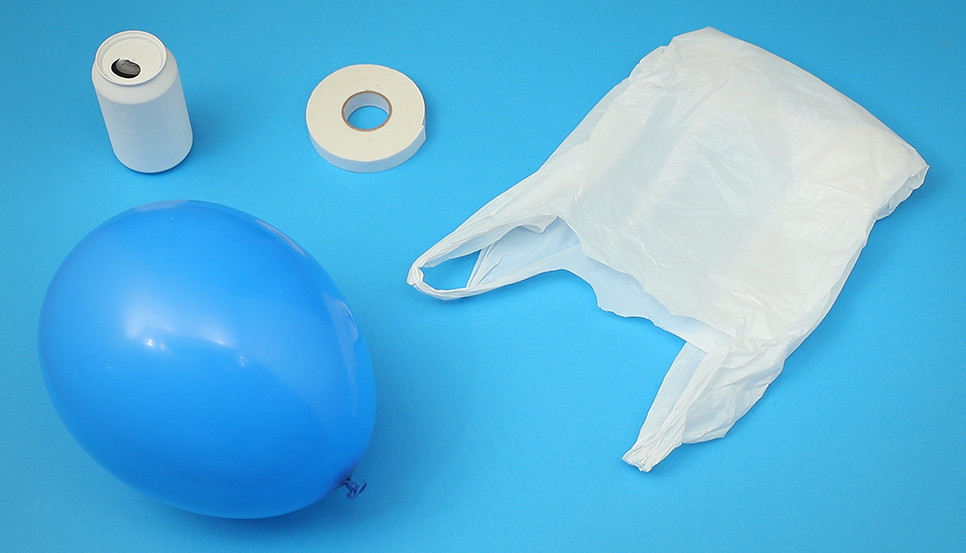
Your lab equipment
Careful with the empty can. You can protect little fingers from sharp can lids by covering the opening with some tape.
Want the science-y intro? Here it is…
All things are made of atoms. Inside each atom you’ll find protons (positively charged, don’t move around), neutrons (neutral, don’t move around), and electrons (negatively charged, can move around between objects). Different materials tend to be negatively, positively or neutrally charged by default, depending on their composition.
Let’s have some fun investigating…
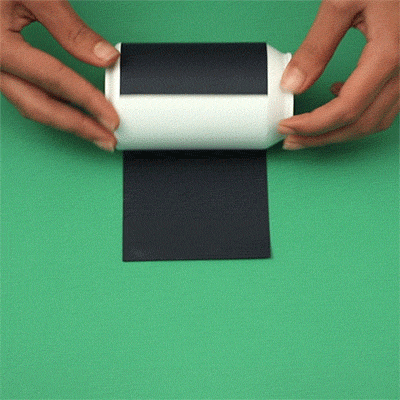
Step 1: Make your Neutral Sheep
Aluminium cans have a neutral charge. That means they have an equal number of protons (positively charged) and electrons (negatively charged).
Decorate your aluminium can with a little face and positive/negative eyes to show he’s neutral. You can wrap your can with paper like we did, or just draw right onto the surface. Baaah.
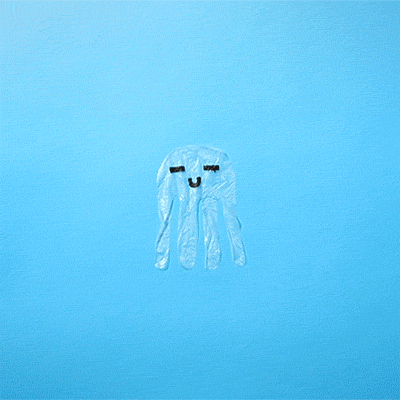
Step 2: Make your Negative Jellyfish
Plastic bags are often negatively charged, because they easily pick up electrons from being handled. To help kids remember they are negative, cut your bag to look like a moody jellyfish and draw a face with minus-sign eyes.
Don’t be fooled by the smiley face on ours: she just enjoys being negative.
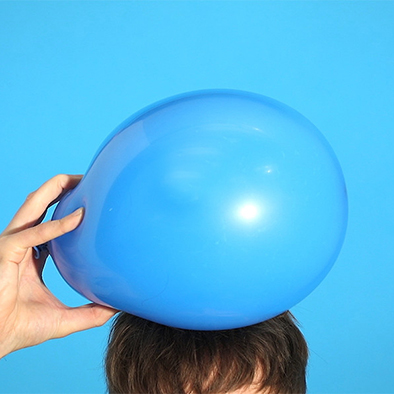
Step 3: Charge up your Bossy Balloon
Balloons are neutrally charged, but when you rub them on your head they gain electrons and become negatively charged.
So you can mark your balloon with a minus sign. Then, give it a good rub on your head (or clothing).
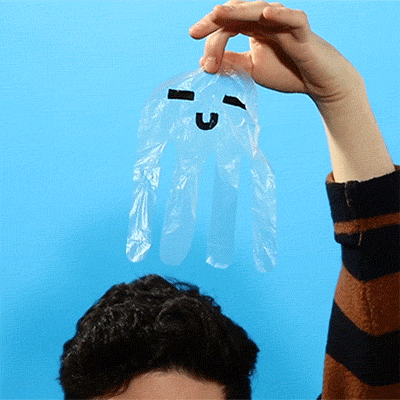
Step 4:. Make your jellyfish as negative as possible
Although the plastic has probably naturally gained some electrons from being handled, if you give it a good head-rub it will pick up extra electrons. Now she’s really, really negative. Bag humbug!
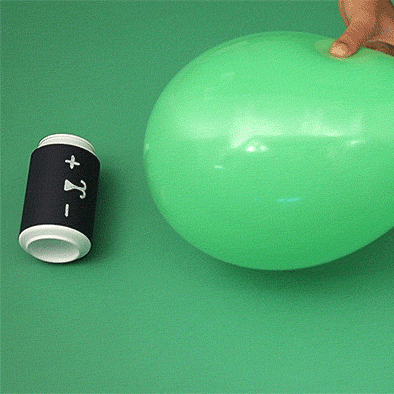
Step 5: Take Neutral Sheep for a walk
Put charged-up Bossy Balloon near Neutral Sheep and pull it away slowly. The sheep will follow the balloon faithfully.
Aluminium is neutrally charged, the balloon is negatively charged. This imbalance makes them attract. How about making more balloons/sheep and challenging your little shepherds to coax them into a pen?
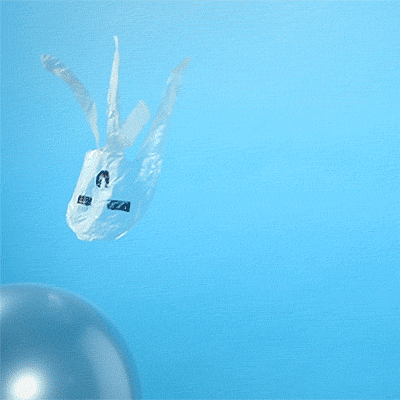
Step 6: Chase Negative Jellyfish away
Get your little helper to charge both balloon and jellyfish with more rubbing. Then move Bossy around underneath Negative Jellyfish—she should swim away. (Both are negatively charged, and objects with the same charge repel each other.) Ta da!
What did we learn?
All objects are made of atoms. They have different charges depending on how many (negative) electrons they have. Differently-charged objects attract (neutral sheep followed negative balloon) and similarly charged objects repel (negative jellyfish couldn’t get away from negative balloon fast enough!) Oh, and science is way more fun with characters.
Who made this?
We’re Wonderbly. We make learning fun for little minds, with children’s books such as our beautifully illustrated My Little Monster Name Book.
Loved these? Why not dream up a few Fan-static Experiments and characters of your own and share them with us on our Facebook page.
